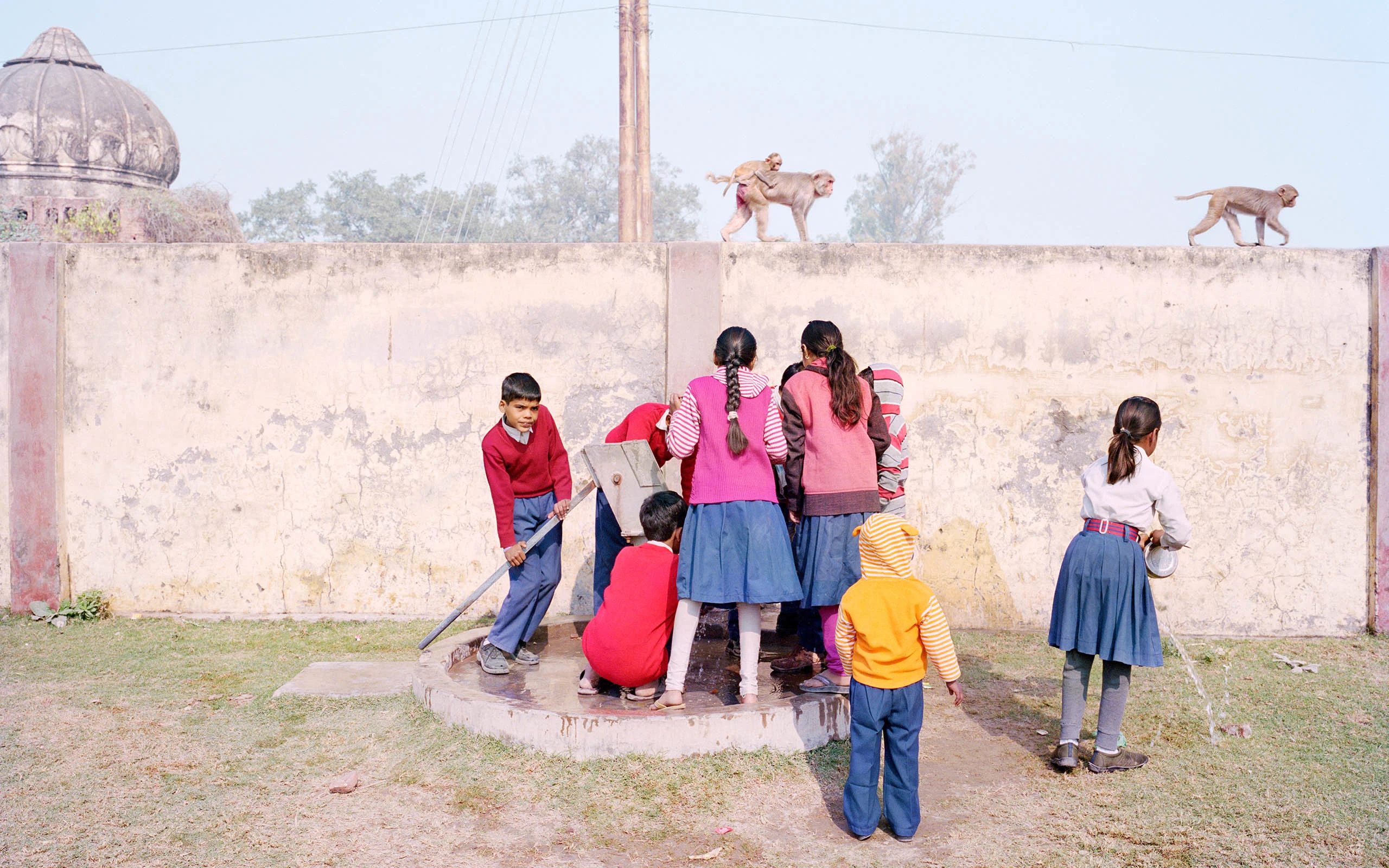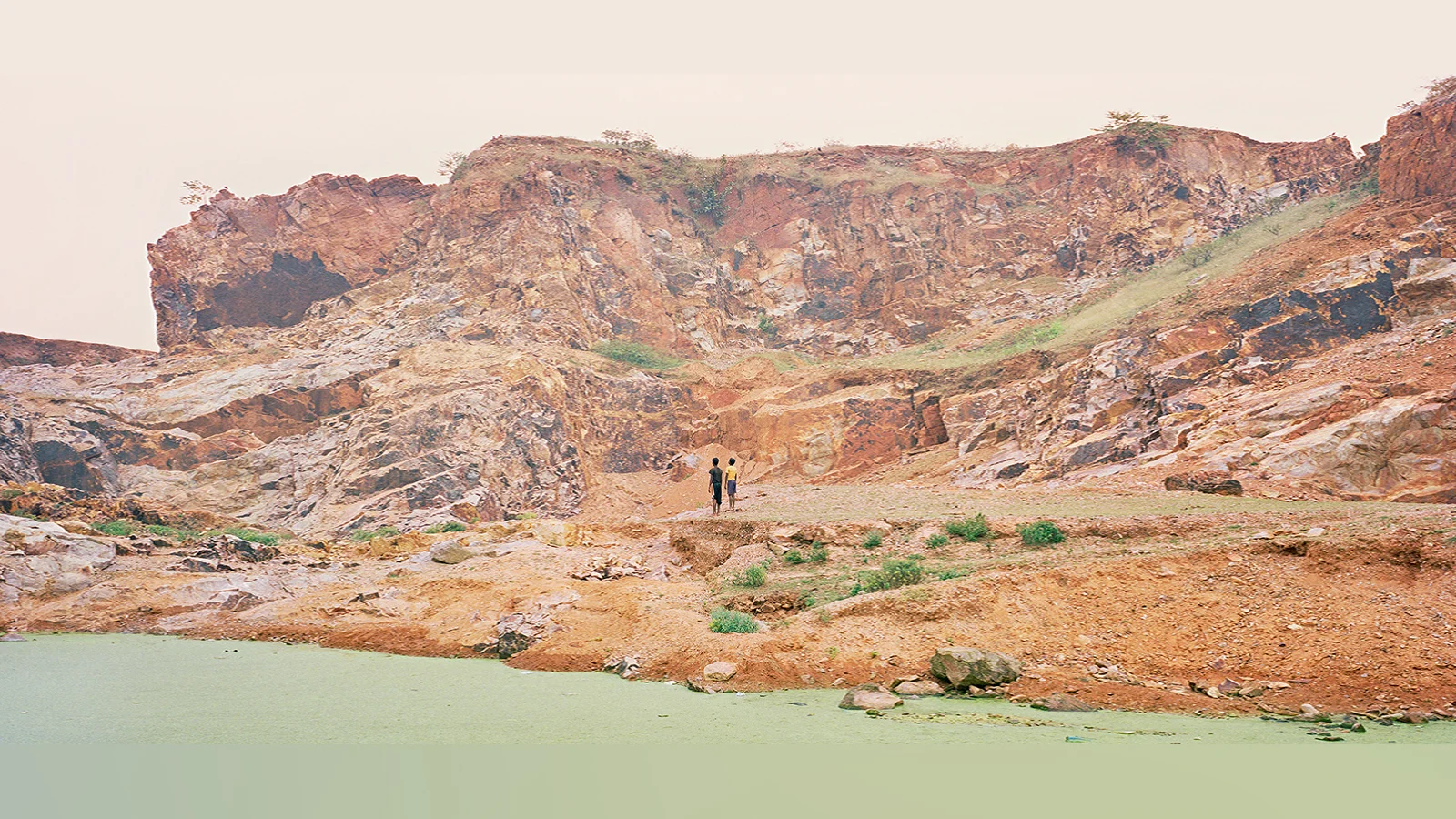
Photographer Vasantha Yogananthan is an atheist dedicating seven years of his life to reinterpreting an ancient Hindu text. The Ramayana is an epic poem whose nearly 24,000 verses are divided up into seven books, each covering a chapter in the lives of the divine prince Rama and his wife Sita – from childhood to death.
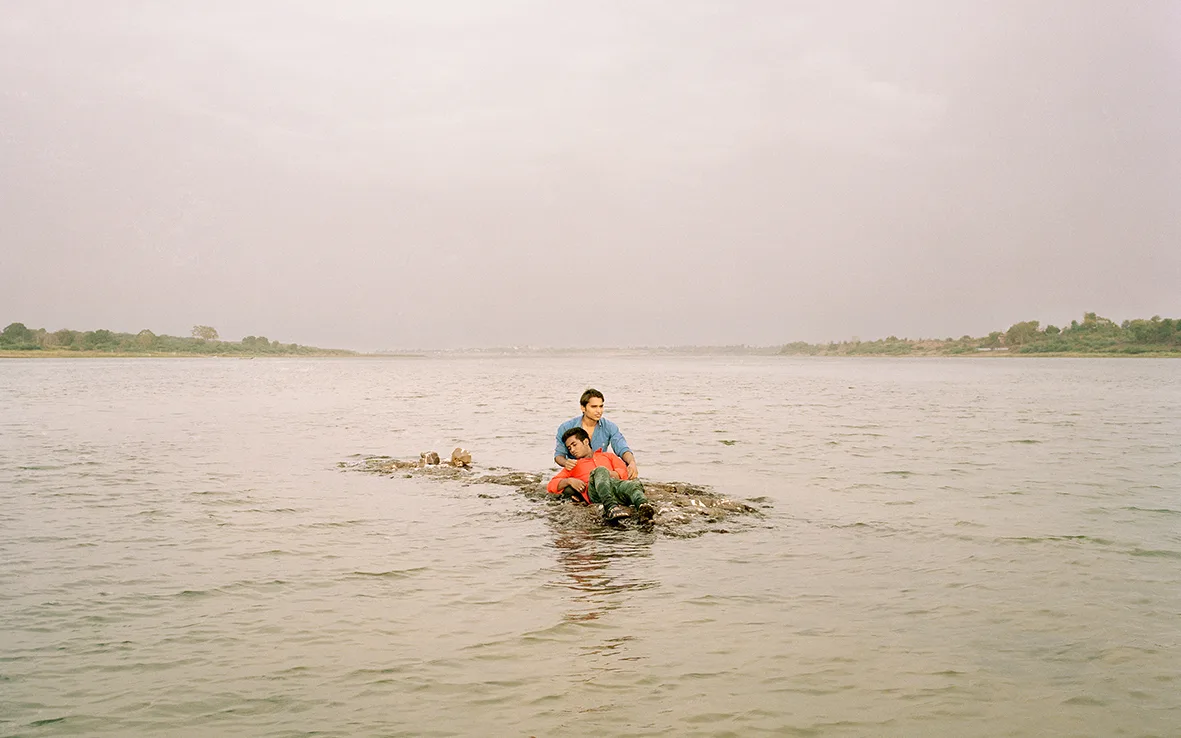
“I am very interested in the Ramayana’s philosophy,” Vasantha says. “To me, the Ramayana is about love, loss, family, honor, success and failure – things we all experience in our life, no matter your beliefs or religion.”
The centuries-old story has transcended time and provides many of the moral and social codes lived in South Asian societies today.
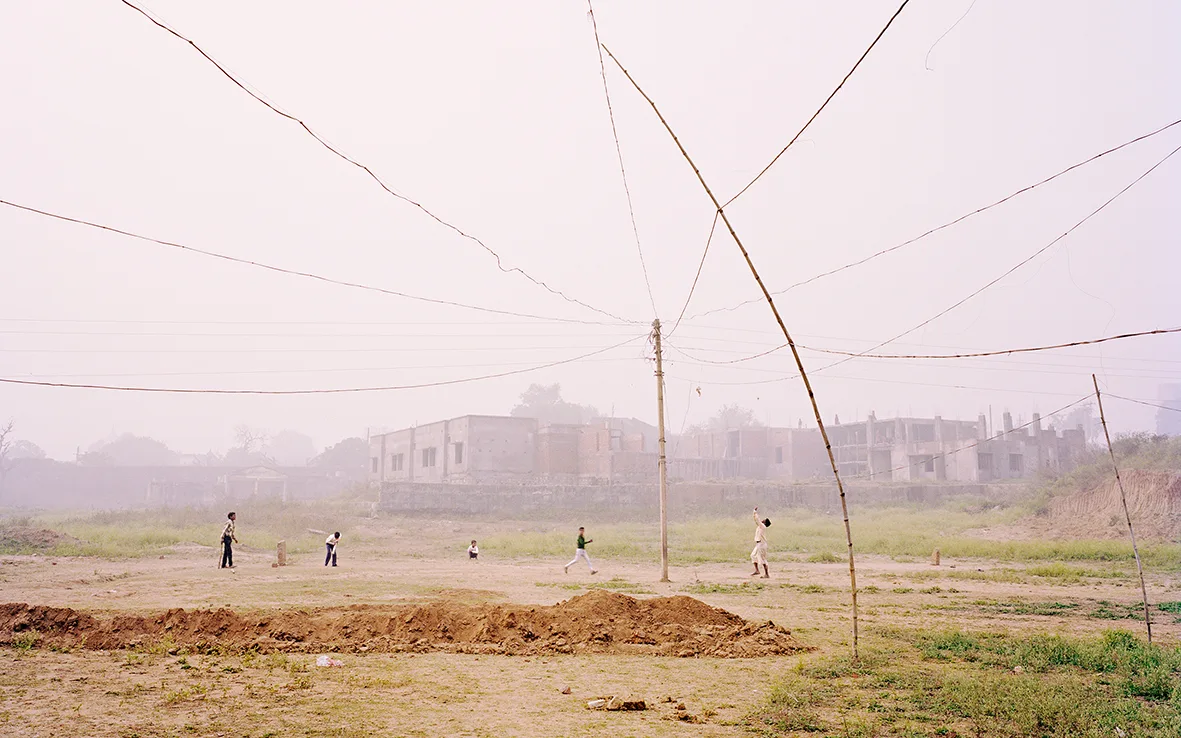
“Pictures of the Ramayana are everywhere in the modern landscape. When you take a rickshaw, when you enter a shop, when you walk the streets. People use common sayings referring explicitly to parts of the story. Two of the major festivals of the country (Diwali and Dussehra) celebrate the myth.”
In the past, oral traditions kept the story alive and today its retold as TV series and video games. As a child, growing up in Grenoble, a small city near the French Alps, Vasantha’s first encounter with the characters and their adventures was through the Amar Chitra Katha comic book version belonging to his Sri Lankan father.

Vasantha’s own version, titled A Myth of Two Souls, is a work in progress which he aims to complete by 2019. Like the text, he is publishing his photographs over seven correlating books. He looks to TV series as inspiration for how to keep an audience intrigued from one episode to the next.
Each chapter of the Ramayana takes place in a different location in India, and locals regularly travel the paths that Rama took in the story. So far, Paris-based Vasantha has travelled to eight states in a country where he was once a complete stranger, despite his Tamil heritage.
“I have experienced different countries within the country,” he says. “Luckily, The Ramayana’s itinerary is completely off the tourist trail and I find myself in places where locals don’t have much interaction with foreigners.”
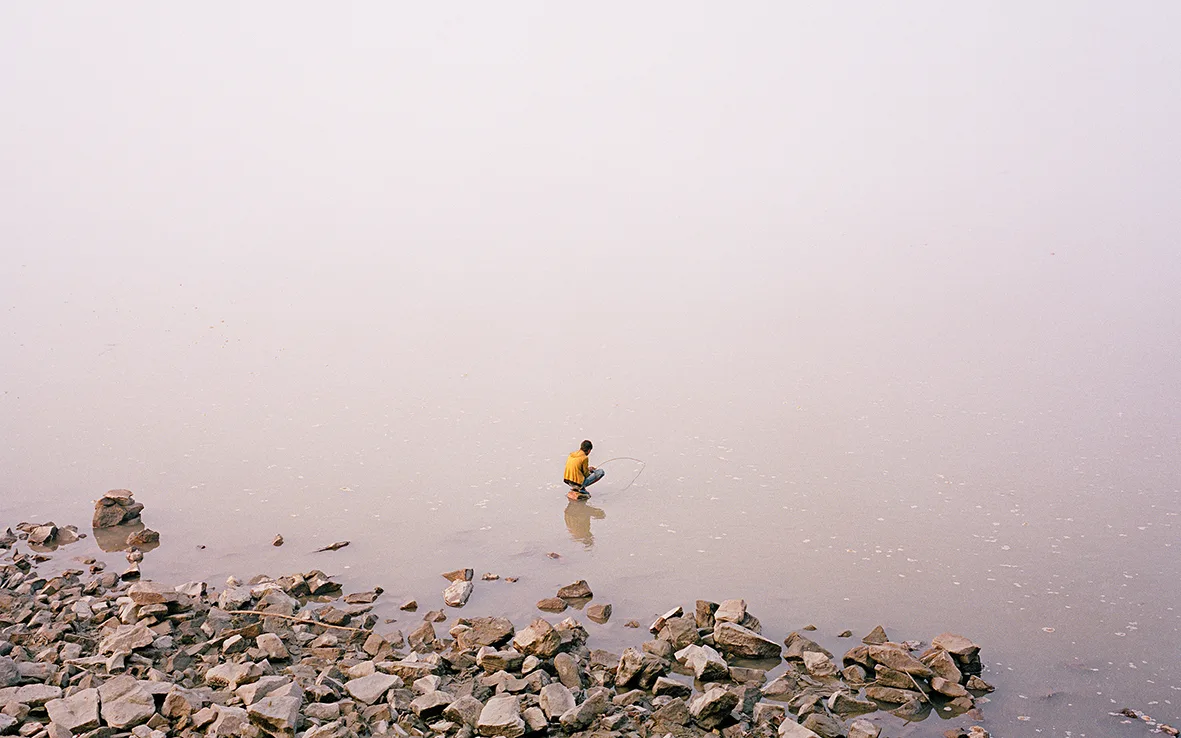
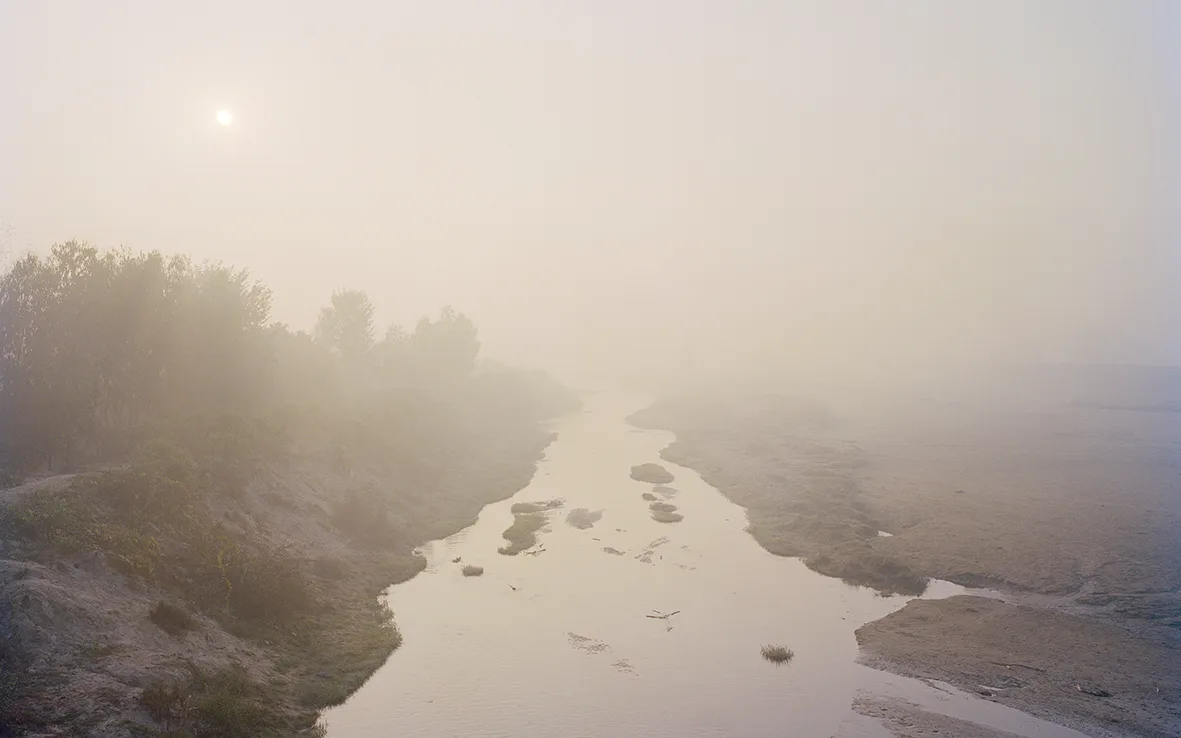

To keep the project stimulating, Vasantha is progressively pushing himself out of his comfort zone and each of his books takes a different visual strategy. He began shooting documentary-style, looking for visual metaphors relating to the myth, but has since moved on to creating staged portraits together with street-cast locals. He asks his subjects to act out the scenes from The Ramayana that have left a mark on their imaginations.
“I had two options,” he says. “Working with actors in a studio in Mumbai or New Delhi, or going out there. The second option was way more difficult but I am sure it was the right one for the project. The Ramayana is embedded in the territory and I wanted to discover the places the locals were going to. I also wanted to shoot people from all casts and different backgrounds.”
The staged portraits eventually became a further collaboration with local painter Jaykumar Shankar who colors each of Vasantha’s black and white C-prints by hand, adding his own interpretation of what the colors should be. Traditionally hand-painting was reserved for photographs of the upper classes, but by using portraits shot on the street, Vasantha and Jaykumar are subverting this dying art.
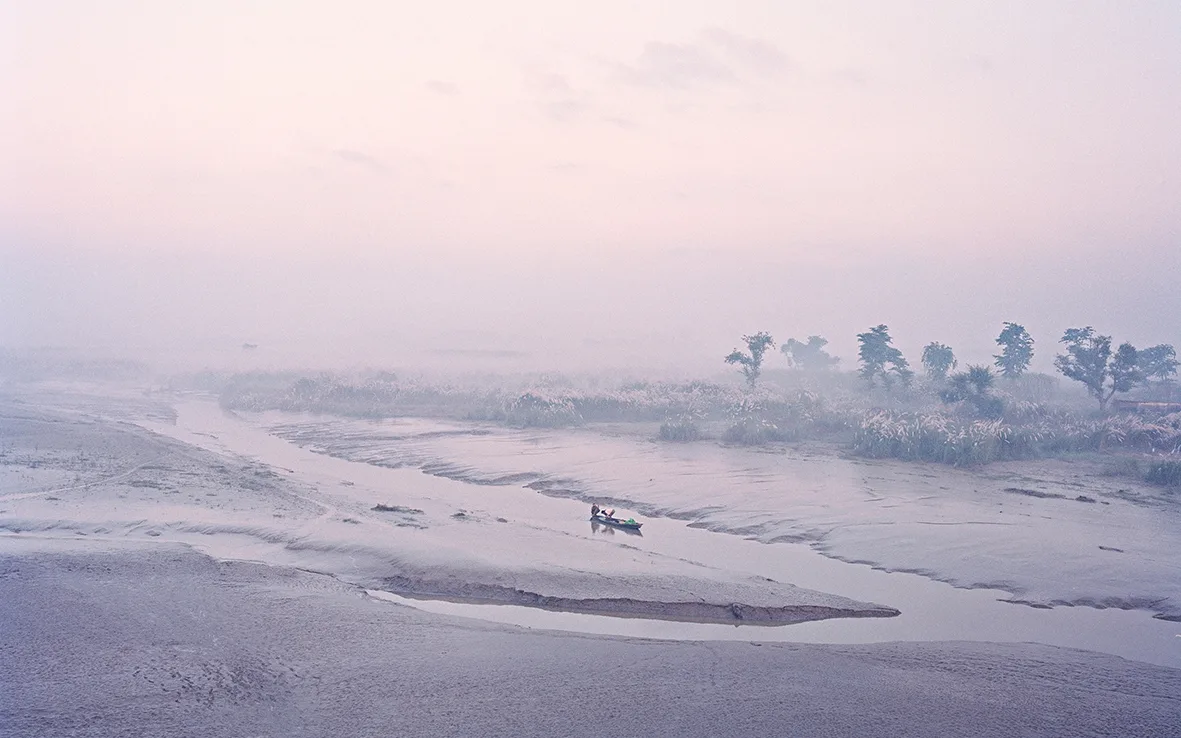
“As the epic comes to its closing,” Vasantha says, “the more magical it becomes. Animals start playing a big role, dark magic is all over, a war is fought. These episodes are all likely to challenge my way of approaching the story.” For the chapter on war, he intends to only shoot at night. Story-wise, Vasantha says that the upcoming books will begin to relate more closely with today’s politics.
Vasantha has worked with Arshia Sattar and Anjali Raghbeer, female writers from different generations, to write the text that accompanies his photographs. It’s important to him to elevate Sita’s story in a country that’s still very conservative and patriarchal in 2018.
“Because the Ramayana is a very old story, it was first and foremost told through its hero, Rama,” he explains. “As a king, a man, a brother and a husband, he is seeing the world in a particular way. His wife, Sita, is seeing the world in her own way, and only Indian female writers could tell the story from her perspective.”
Each trip to India takes Vasantha between two weeks and a month, and each requires exceptional research. He likens his process to working like a historian, “criss-crossing several versions of texts, noting all the geographic mentions. It’s like a giant puzzle coming together.”
But Vasantha doesn’t see the time-consuming nature of the task as daunting. Instead he says, “I think good photography is – more often that not – linked to the passage of time.”
Words by Alix-Rose Cowie.
